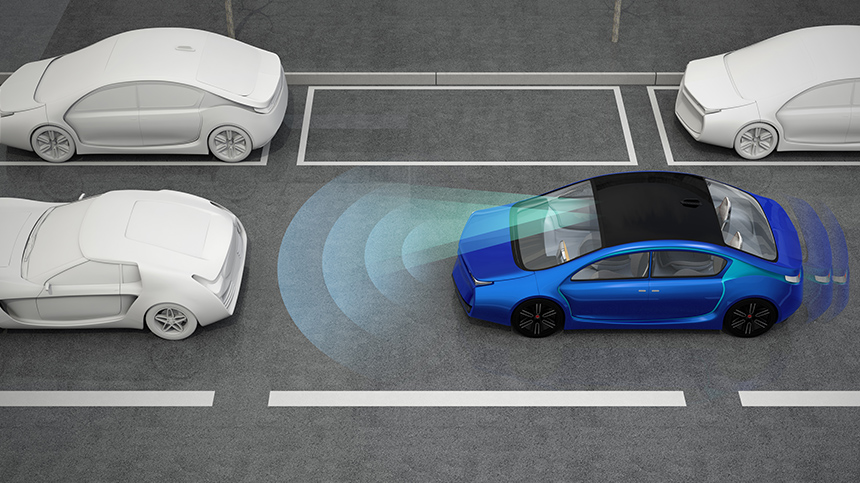Study reveals an ocean between UK and US driver attitudes

Thatcham Research has revealed further insights from its Trust in Automation study, which polled 2,000 motorists in the US and 2,000 in the UK and found a significant disconnect between attitudes and behaviours on either side of the Atlantic.
American drivers are more likely to a see a benefit to self-driving or autonomous technology than British drivers: 81% versus 73% respectively. However, American and British drivers were aligned in seeing accident reduction through the removal of human error (21%) as the greatest potential benefit.
It follows therefore that American drivers are more enthusiastic for the introduction of cars with limited self-driving technology like Automated Lane Keeping Systems (ALKS); 11% stated they would buy a car with self-driving capability as soon as possible versus just four per cent in the UK.
Although US drivers appear to be more open to automation, they are also far more likely to be convinced that current technology can provide a fully autonomous driving experience; 72% in the US versus 52% in the UK think that it’s possible to buy a car today that can drive completely autonomously, as safely as a competent human driver would.
When asked how they felt about taking back control from the first cars with self-driving capability like ALKS, just under half (48%) of American motorists said they were comfortable with the idea of an emergency handover request from the system. In the UK this number drops to 32%.
The Trust in Automation study has also identified a ‘digital divide’ appearing between younger and older UK drivers; 68% of UK drivers aged 55 or over said they would be uncomfortable at the prospect of resuming control from the system, a figure that decreases incrementally through the age groups, to just 28% of 17–24-year-olds.
Matthew Avery, chief strategic research officer, Thatcham Research, said: “This is an intriguing challenge for system developers. We know that brands are designing automated systems to follow local human driving patterns, making the car’s driving style more or less assertive as relevant.
“Without that clarity of communication – from naming conventions to how the system informs motorists that the self-driving mode is engaged – the industry could miss a huge opportunity to commence our journey towards automation on the safest possible foundations.”








